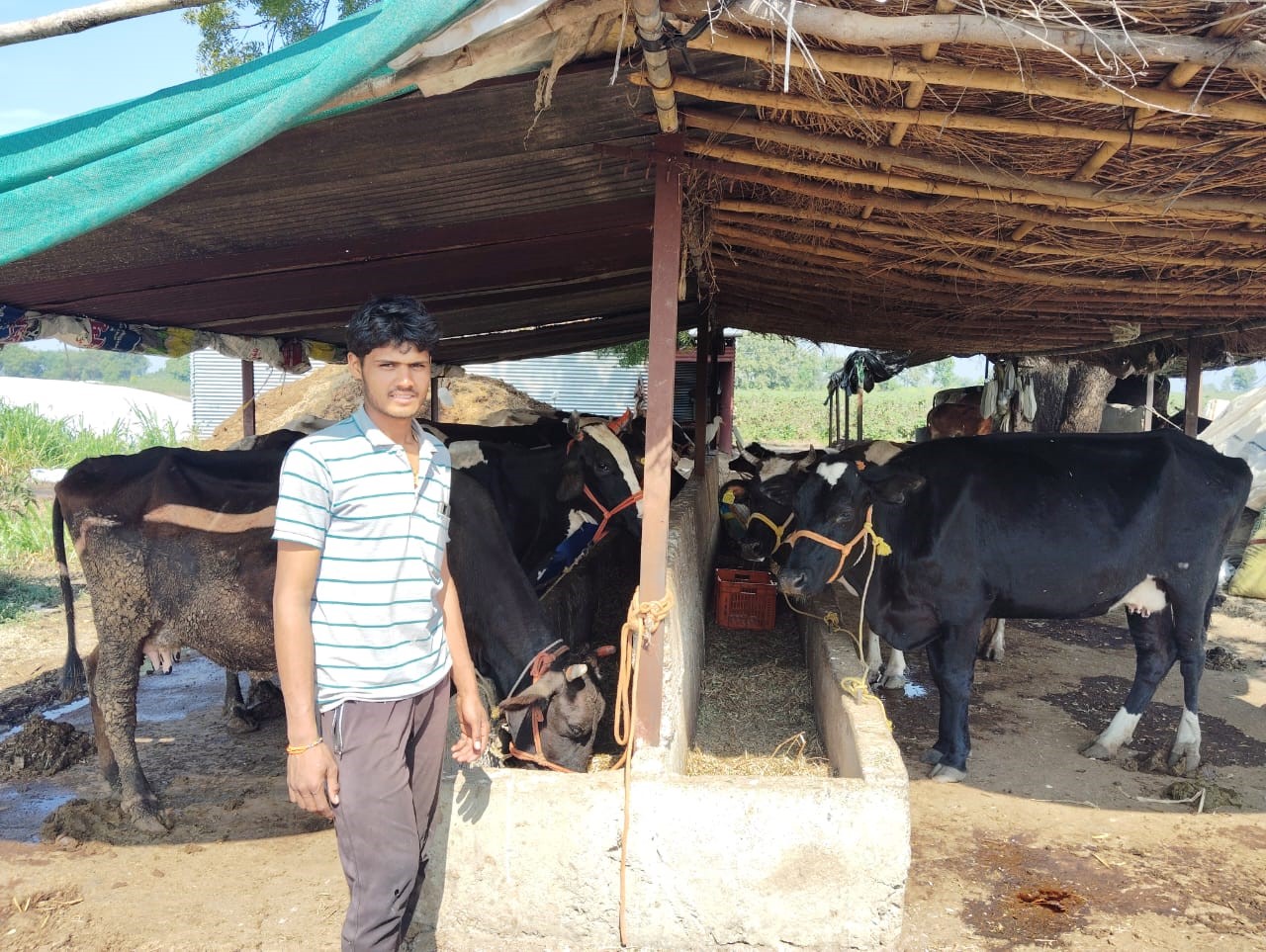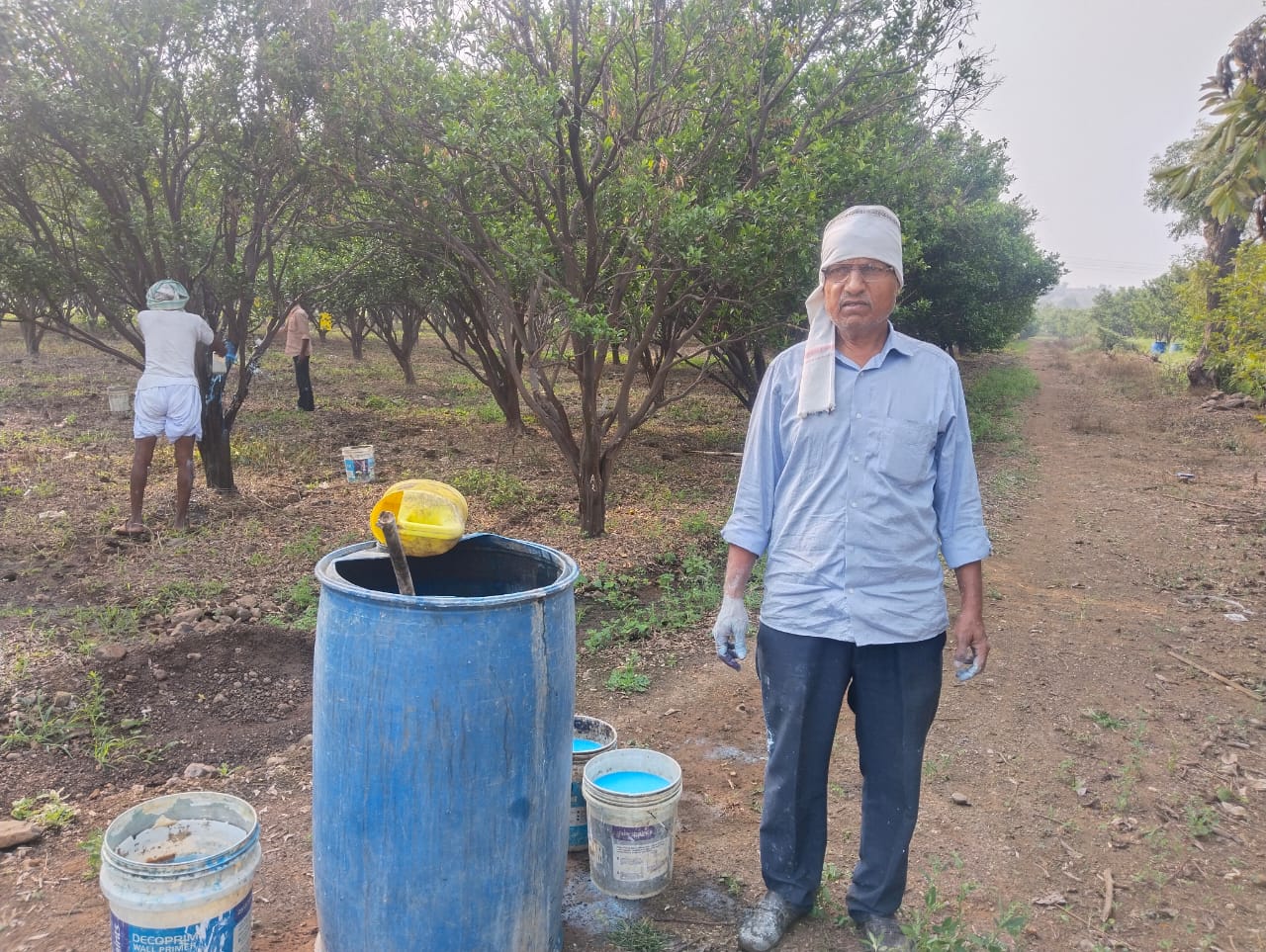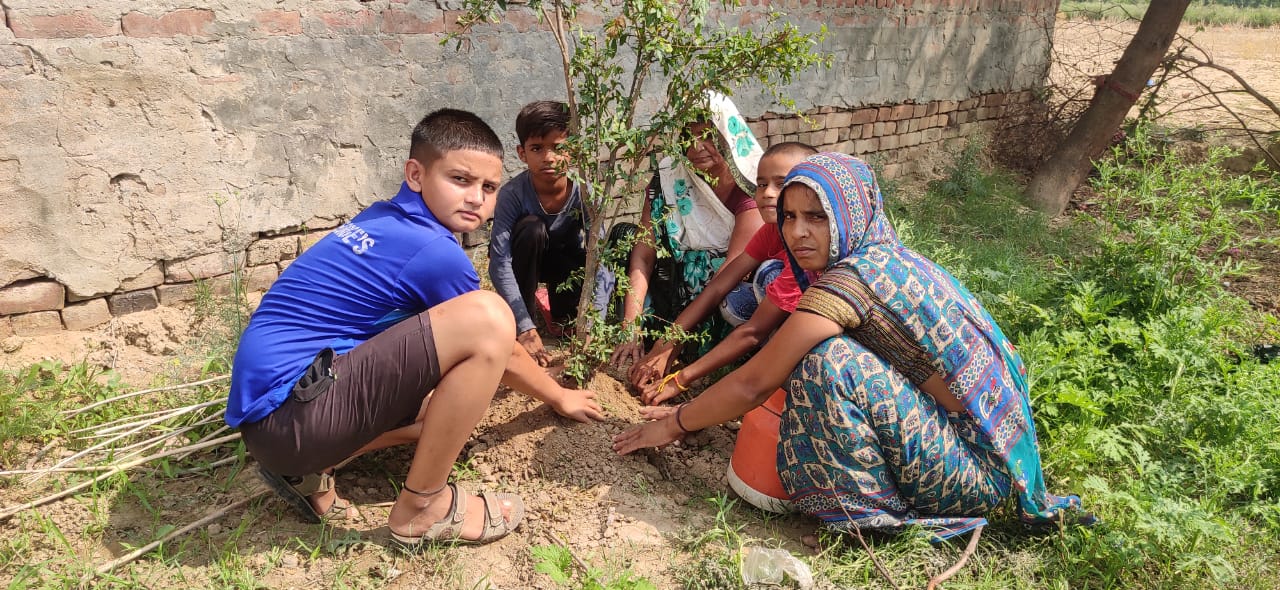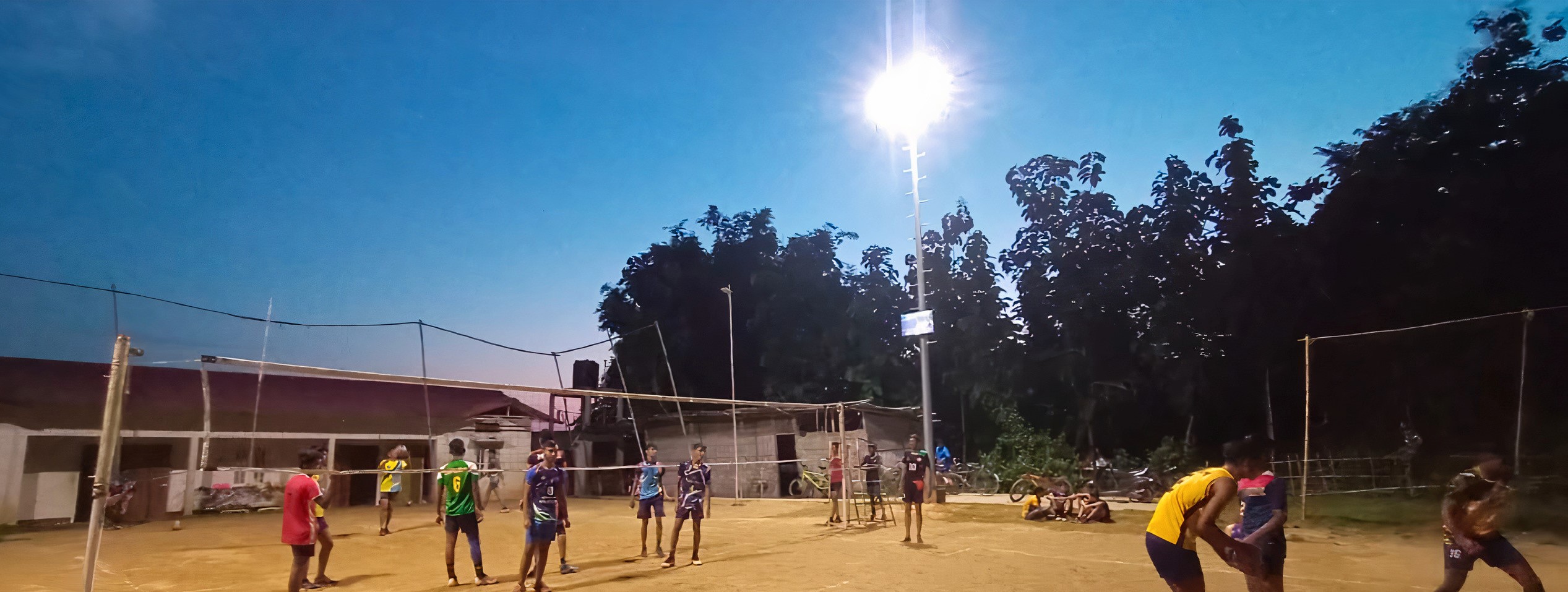AIF’s flagship education programs design and execute innovative, tech-driven solutions, to assist school children at risk of dropping out, being left behind or ending up in child labor
By Shreya Ralli & Tina Kapoor
India is home to almost 19% of the world’s children, while over one-third of the country’s population is below the age of 18. With the world’s largest adolescent and youth population, India is poised to harness the demographic dividend and achieve real economic growth over the next few decades. Sadly, most of India’s children live in rural, low-income, and vulnerable communities. and their everyday lives are marked by a lack of access to basic rights, and resources, with educational poverty as one of the key impediments.
As the world works to “build back better” from COVID-19, we stand at the cusp of an inimitable opportunity to build back differently! AIF’s post-COVID-19 vision aims to radically transform the underlying economic systems of inequity and social structures of inequality that are at the root of our present suite of socio-ecological crises, further exacerbated by the pandemic. And, access to quality education is the biggest driver of this change.

UN’s SDG4 aims to ‘ensure inclusive and equitable quality education and promote lifelong learning opportunities for all’. But, despite India’s phenomenal growth story, issues of access, equity, quality, relevance, and infrastructure, continue to impede progress, especially for those living in hard-to-reach communities.
Designing participatory goals, American India Foundation (AIF) is building resilient school systems through teacher capacity development and executing an action-oriented pedagogy to address accrued learning losses. In concert with the government’s efforts to reverse the Foundational Literacy and Numeracy regression, AIF’s flagship education Programs —Digital Equalizer and the Learning and Migration Program —design and execute innovative, tech-driven solutions, to assist school children at risk of dropping out, being left behind or ending up in child labor. These high-impact interventions are committed to meeting the educational needs of children in some of the remotest geographies of India.
Children’s access to educationis limited by diverse factors and is often unique to their communities. 9-year-old Anjali from Nuapada, Odisha, never stepped inside a classroom for the first seven years of her life. The lack of livelihood opportunities in her native village led to distressed seasonal migration for her community. Every year Anjali migrated with her parents, displacing her from the safety of her house and keeping her away from school during her foundational years. According to UNICEF, one out of every five migrants is a child, resulting in an estimated 92.95 million migrant children who often drop out of school or are never enrolled, robbing them of their Right to Education and a secure future.
Mitigating such learning losses, AIF works intensively with migrant communities, and the government, to run Government Seasonal Hostels through its Learning and Migration Program (LAMP). Increasing access to seasonal hostels for children like Anjali, not only provides them a safe haven to learn and grow among their peers, keeps them away from child labor, but also gives them an opportunity to access education, clean water, and nutritious food, improving their health, enrollment, and retention in rural schools, equipping them with tools to break the cycle of intergenerational poverty in their family.

Access, without equity, is only half the job done. LAMP works with government schools and 1,300 Anganwadis to address fundamental learning deficits, acute learning regression, and remove impediments to attain age and grade-appropriate education for all. LAMP does so by leveraging a multi-pronged approach, focusing on Foundational Literacy and Numeracy (FLN), Early Childhood Care and Education (ECCE), remedial classes, and multilingual teaching to reach tribal children at the last mile.
Its Learning Resource Center supports teachers and students with a dedicated education facilitator, and learning tools such as STEM kits, smart classes, reading corners, etc to further equity in students’ access to educational resources. In its 18 years, LAMP has impacted over 1.3 million children across 3,269 villages in 17 states and union territories of the country.
Over the last few years, the pandemic reinforced the dire need to integrate technology into the education system and brought forth India’s deep digital divide. More importantly, the growth of digitalization, automation, AI, and other emerging technologies, now warrants a new cadre of trained workforce to step up. India, at the forefront of designing a technology-driven knowledge-based economy and with around 280 lakh youth population added every year, can deliver the workforce the world needs.
AIF’s Digital Equalizer (DE) program is addressing this emerging need, by ensuring the quality and relevance of learning transacted. It has been instrumental in changing the landscape of education in over 32,000 under-resourced government schools, by equipping them with technology-enabled classrooms that offer a wealth of new opportunities for teaching and learning by integrating technology such as interactive whiteboards, projectors, audio-visual capabilities, ICT, and STEM labs, etc, and empowering 7.2 million children through digital technology and STEM experiences. Strengthening the ecosystem, DE has also trained over 2,00,000 teachers, to integrate STEM and technology-based pedagogy in the teaching-learning methods.
Leapfrogging ahead of its peers, DE has designed the STEM Innovation and Learning Center (SILC) – the first of its kind in the country, focusing on the four core disciplines of Science, Technology, Engineering, and Mathematics and 21st-century skills to prepare educators and global citizens. The Center provides teachers and students with a comprehensive solution and hands-on tools for experiential learning and discovery-based education to improve learning outcomes, which is one of the focus areas of NEP 2020 and SDG4.
SILC, with its Innovation Corner for students, introduces them to a transdisciplinary learning approach through Robotics, AI, Space technology, and the STEM Incubation workstation. It aims to nurture their curiosity in advanced STEM courses, while also assisting them in developing their innovative ideas into prototypes and providing a platform to take part in State/ National/ International level competitions.
The Center also consists of a Technology Corner for Teachers. Fitted with a smart lab, the Tech Corner facilitates teachers to conduct techno-pedagogy-enabled classes for their students, as well as, receive training on the Digital Equalizer Way of Teaching (DEWoT). The center also contains a Studio Setup to assist teachers in creating high-quality DE Edu Reels, increasing their reach in the state.
Digital Equalizer works with children from grade 6th onwards, propelling them to the world of coding, innovations, and rocketry, and familiarizing them with Information Technology skills, with the goal of encouraging students to embrace technology from an early age. Working with state governments, AIF is creating opportunities for young innovators, especially girls, to learn more about satellites, drones, AI, and space technology to build a futuristic workforce.

While the STEM field is one of the most rapidly growing and in-demand industries globally, one of the fundamental issues that plague this multidisciplinary ecosystem is the prevailing gender gap. For 14-year-old Pratibha, despite being in school, deep-rooted patriarchy, cultural norms, and gender biases keep her from accessing technology and confidently pursuing STEM education. This evident gender disparity reflects in India’s tech workforce with women occupying only 29% of tech roles. Rooted in achieving gender equality with lifelong learning opportunities, DE makes dedicated efforts to design STEM interventions for girls. Last year alone, DE reached over 100,000 girls giving them the agency they need, to choose a career in STEM and build pathways to become future-ready. At AIF this is just the beginning. Its well-entrenched and flexible frameworks ensure innovative solutions and impact at scale. In the years that lie ahead, AIF aims to strengthen the education ecosystem for 10 million children and continue to foster a culture of equity, inclusion, and positive discrimination while transforming the lives of underprivileged communities at large.
(Shreya Ralli serves as the Director of Communications at AIF, while Tina Kapoor is Senior Manager, Communications)








